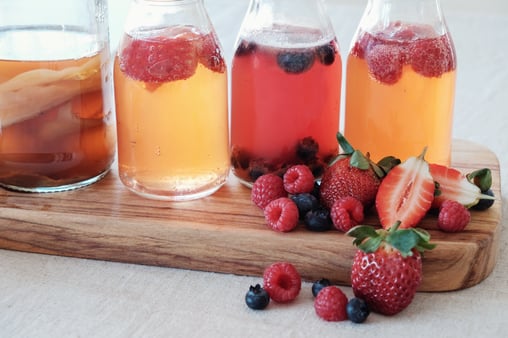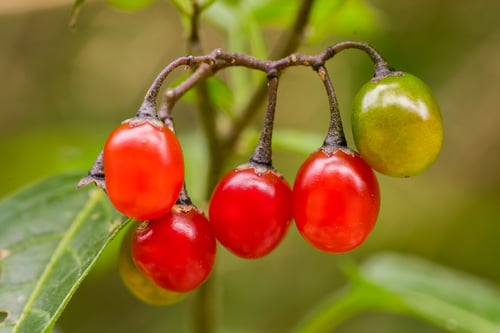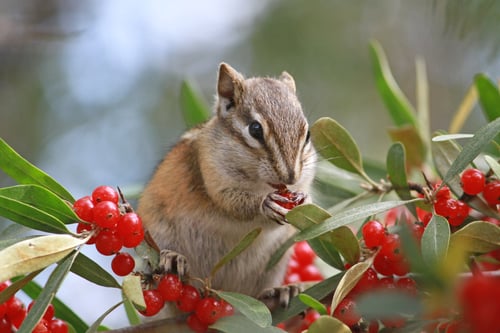Happy New Year! Yet again, we have made it through the holiday season. A time for family, friends, celebration, and for many, alcohol. Humans are no stranger to the fermentation process as we have been familiar with alcoholic consumption for millennia. I know that many of us are embarking on our New Year’s resolutions. Even if alcohol is not in your life right now, or ever, there is something captivating about the way that simple ingredients can transform into a scrumptious, fermented beverage.

As a beer enthusiast following my years spent working at a sustainable brewery, I am incredibly fascinated by both the culture and science behind sipping on a delicious beverage. Home to 423 breweries, over 150 wineries, and nearly 100 distilleries, Colorado has a very rich drinking culture. Colorado fermenters are also progressive in the sense that they create a variety of non-alcoholic fermented beverages. From a classic root beer to experimental wild sodas or kombucha, there is a tasty option for everyone. For the curious at-home fermenters, there is an abundant variety of forest berries that are more than capable of successful fermentation available in our backyard.
If dabbling into the world of fermentation intrigues you, you may be wondering - what is it? Simply put, fermentation is the metabolic process of microorganisms (yeast or bacteria) breaking down a substance (starch or sugar) into acids, gasses, or alcohol in the absence of oxygen. Sounds simple, right? While that is a general breakdown of fermentation, there are 3 different types of fermentation you can use for completely different products. Lactic acid fermentation makes fermented foods like sourdough, sauerkraut, kimchi, and yogurt. Ethanol or alcoholic fermentation makes our beer and wine. Acetic acid fermentation makes vinegar and kombucha. When talking about fermented forest berries or naturally occurring fermentation, ethanol or acetic acid fermentation will be the process occurring. When your brewery menu offers something that is ‘wild’ fermented, it refers to the yeast or bacteria being used. Wild yeast is a lot more unpredictable since it is a blend of multiple strains whereas the yeast used to make your favorite brew in a commercial facility is a controlled, single strain. Wild yeasts are found on the berries or cones themselves and will appear glaucous.

Glaucous Juniper
In the Rocky Mountains, there are 16 wild berry varieties that can be enjoyed by humans. We also have some fleshy cones that resemble berries that are optimal for fermentation, like those of the juniper bush. As with any kind of foraging, it is imperative to understand the potential harm associated with the search. Whether that is being aware of wildlife that may be foraging for the same berries, or confusing a delicious buffaloberry with a toxic woody nightshade.
 A Toxic Woody Nightshade
A Toxic Woody Nightshade
Forest berries will undergo fermentation naturally and there is evidence that wildlife can get into the same type of trouble that humans do with alcohol. In Colorado, the most common cases are of birds harming themselves from being intoxicated by flying into windows or being unable to fly. There was a recent case of a drunken bear wandering around after eating a LOT of rotten crab apples. Of course, the ability to become impaired depends on the body weight and amount of fermented forest fruit consumed. There are no long term studies about the effects of intoxicated wildlife, but I imagine it is more dangerous than enjoyable for most of them.
 Intoxicated wildlife is definitely a possibility.
Intoxicated wildlife is definitely a possibility.
There is a plethora of resources available to help you make your own fermented products at home and a great community to join. Cheers and happy fermenting!
Maddie Weinhold is a Naturalist at Walking Mountains Science Center. She loves to learn about (and enjoy) all kinds of fermentation from sourdough to tasty brews








